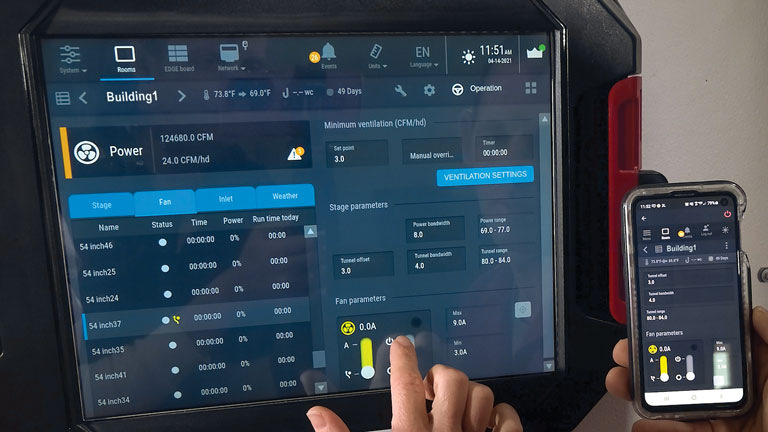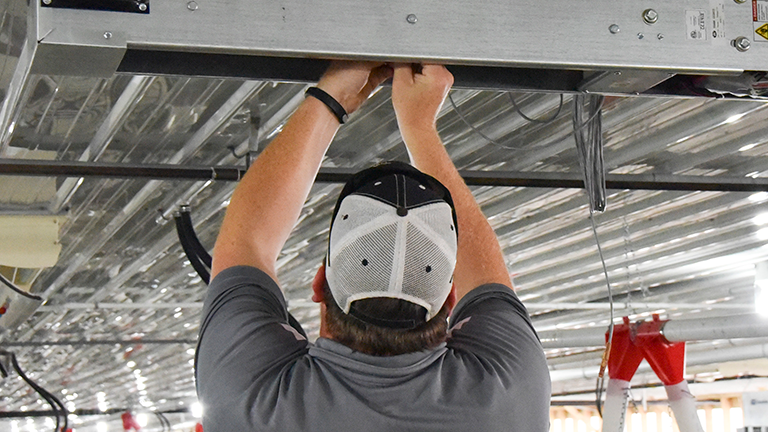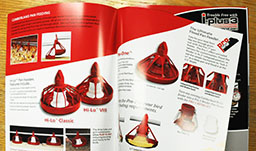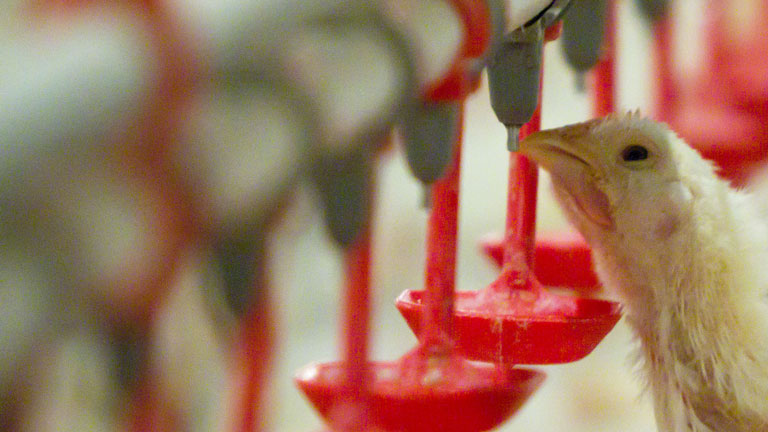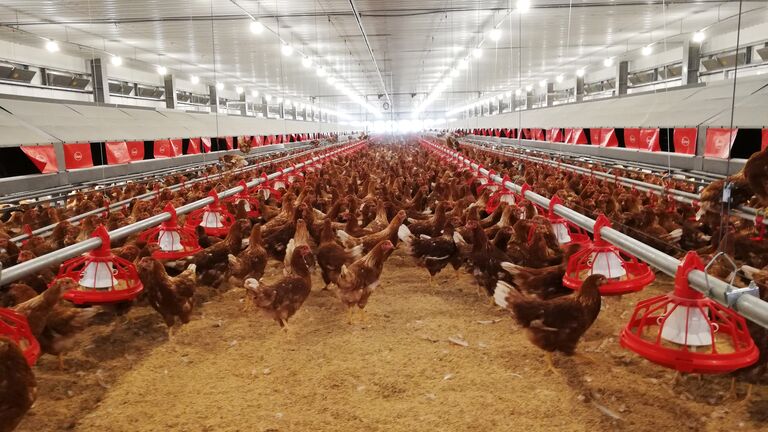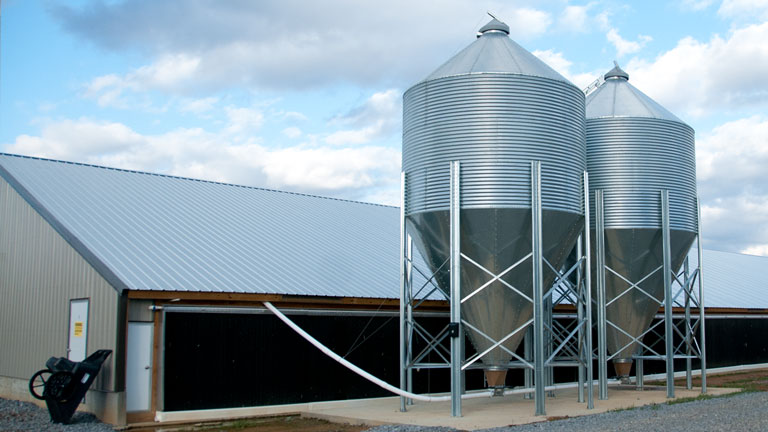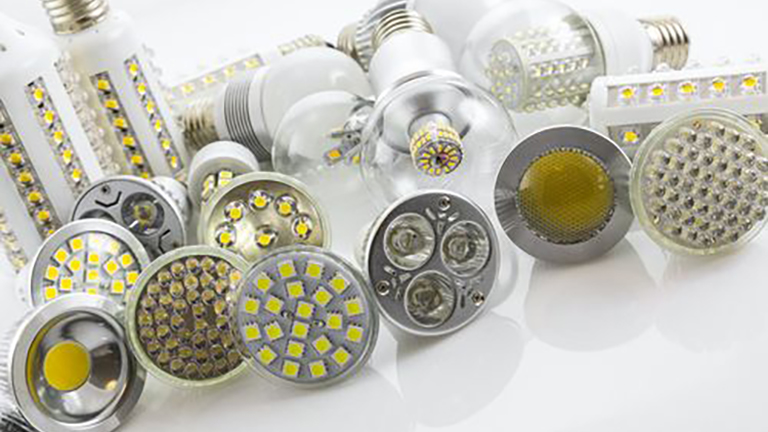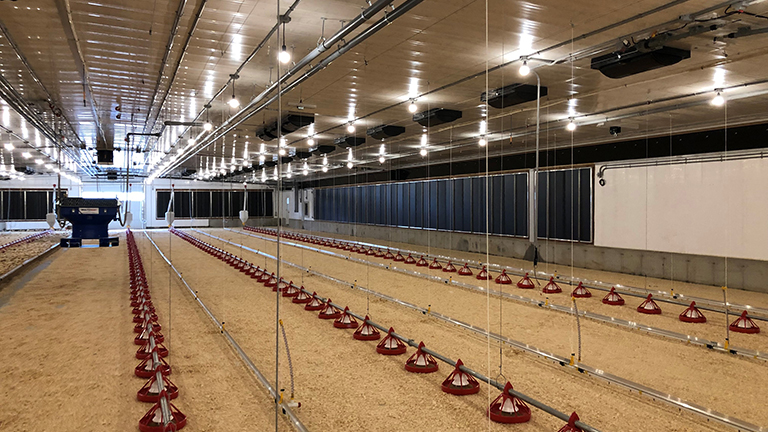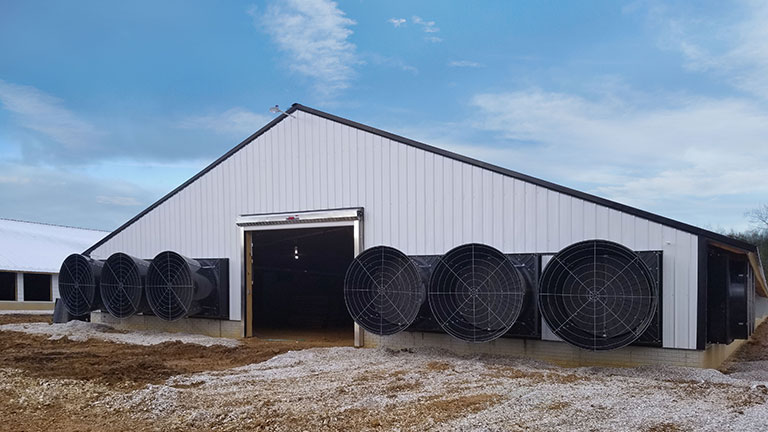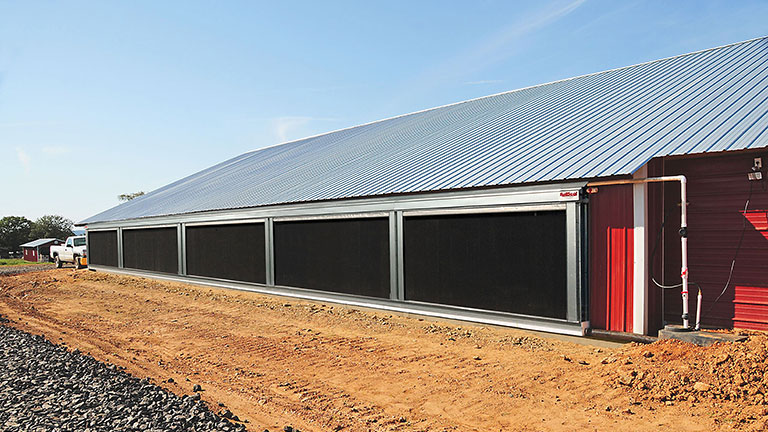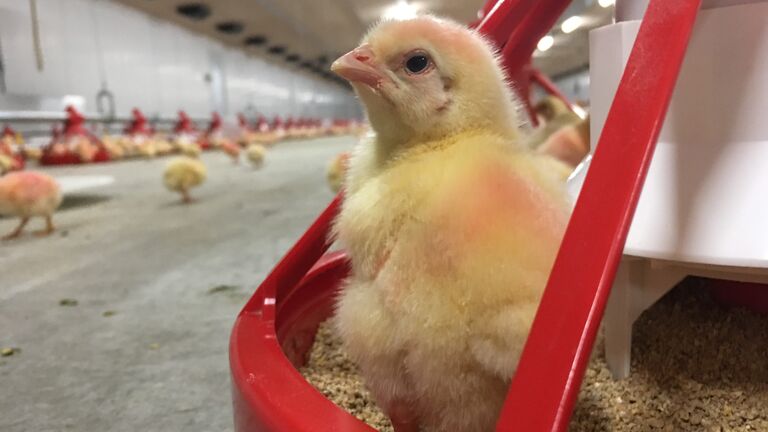Seven steps to get your barns ready for winter
When the weather begins to change, be ready to keep your birds cozy and make a few adjustments so that poultry houses run as efficiently as possible throughout the winter.
- Your barn - The tighter a barn is, the less expensive it will be to heat. Check for cracks and openings in the walls and ceiling.
- Static Pressure Controllers - Make sure static pressure controllers read zero when fans are off. If the pressure gauge within your barn does not measure barn static pressure accurately, inlets may open too much or too little, leading to drafts, excessive fuel usage or poor air quality.
- Cool cells — Drain cool cell reservoirs and lines inside and outside the building to prevent freezing. Remove and store pumps so they are not affected by the winter elements.
- Fans — Clean dust and debris from fans, shutters and other covers. Check and replace any worn belts and bearings.
- Heaters — Blow off dust and dirt that may have accumulated on the top of heaters and inspect them. Clean furnace/brooder burner orifices, which can corrode over time. Check rubber gas lines for cracks or nicks.
- Gas Pressure — Check gas pressure. Heaters and furnaces don’t work as efficiently with inconsistent or low pressure. You can also have your gas company check the pressure as well.
- Air Inlets — Make sure that sidewall inlets open uniformly. Clean the screens over side wall inlet openings. Dirty screens reduce the distance that air can be drawn across the barn by 20 percent or more, reducing the amount of heat the incoming air receives before it drops to the floor.
FIVE TIPS FOR PREPARING POULTRY HOUSES FOR THE FALL/WINTER SEASONS
Contact your local Cumberland dealer to learn how we can help you grow and improve your operation.

